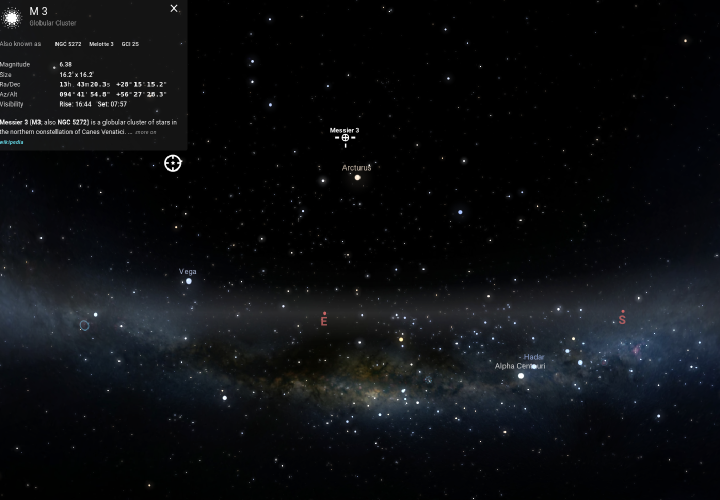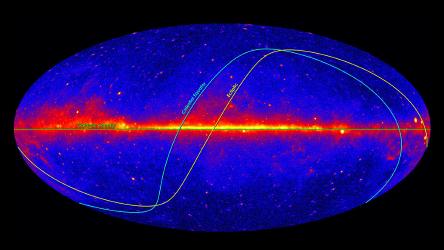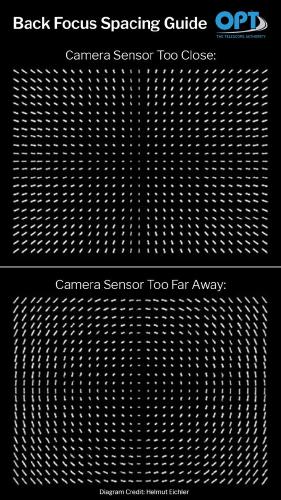M3 Globular Cluster
Apr 30, 2024
M3 Globular Cluster
| Other names | NGC 5272 |
| Type | Globular Cluster |
| Distance | 33,900 ly |
| Size | 180 ly |
| Location | Canes Venatici |
| Captured | Apr 30, 2024 |
| Capture type | Broadband |
| Total time | ~4 hours |
| Frames | RGB 18x180' each, Lum 22x180' |
| Telescope | Celestron EdgeHD 11 |
| Camera | ZWO ASI294mm |
| Tripod | iOptron CEM70-EC |
M3 Globular Cluster - A Wandering Starburst
This is one of my favorite objects it image each year as it goes by. M3 is second only to the double cluster (caldwell 14) in my opinion. M3 is visible during spring and early summer, and marks the start of galaxy season as the earth rotates away from the galactic core. Our night views will soon be staring into the deep abyss of space. The only nebula visible during this season are the few that appear beyond our position in the outskirts of the milky way, everything else is distant galaxies.
M3 is quite unusual in where it is in the galaxy, which makes it doubly unique. Most everything in the milky way orbits in the galactic plane, and the Milky Way has a well defined plane as you can see on the right. M3 however, orbits well outside the ecliptic, orbiting more than 38,800 lightyears above the galactic plane. The image above shows the Milky Way disc as we see it from earth, with M3’s position marked out hovering well above.
Just What Is A Globular Cluster?
Clusters come in two forms in the Milky Way, “Open” or “Globular” depending on how tightly bound the stars are and how they formed. Globular clusters like M3 are some of the oldest star formations in the night sky. The Milkway has around 150 of them, and they’re very curious objects. Some of them are so old they could possibly predate the Milky Way itself, and most of the stars in the cluster all formed at the same time. M3 in particular has around 500,000 stars, most of which are around 11.4 billion years old, so it’s not quite as old as the galaxy.
How globular clusters formed is still subject to much debate, but most science agrees that globular clusters are some of the first stars for form in the life of a galaxy. Globular cluster stars all present similar amounts of metallicity indicating the stars all formed at the same time, from the same source material, and they do not exhibit ongoing star formation. Many orbiting the Milky Way actually orbit in retrograde, meaning they orbit in reverse of the rest of the galaxy. Orbiting in reverse is a good indication that those globular clusters might have at one time been their own independent dwarf galaxy that was capture by the Milky Way.
Also, Calibration?
Telescopes, especially SCTs like the EdgeHD 11 I used here, have a specific backfocus requirement where the camera needs to be a specific number of millimeters back from the back of the telescope. Miss matching that distance will result in coma where the stars all either angle towards the center if too close, or angle around the center if too far out. The manufacturer tells you what the backfocus should be for your telescope, however only real world testing will tell you the real value.In this case, my camera sits about 14mm beyond where the manufacturer says it should, so I should have stars elongating along the rotation of the image. The best way to test the real world is to take photos of a star rich field and compare it to the hypothetical images. A big globular cluster like M3 is the perfect test, plus, not having much color or nebulosity, makes it really easy to capture. I’m proud to say that my backfocus looks correct, I can’t spot any elongation in the corners of my image. So regardless of what Celestron says, I’ll stick with being a bit too far out.



